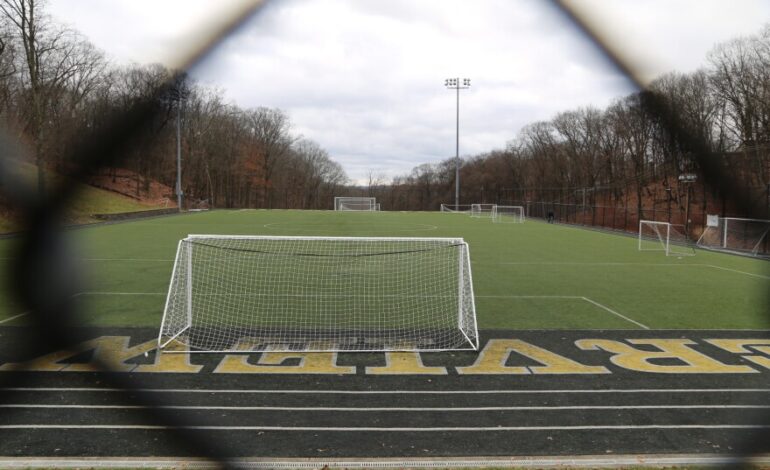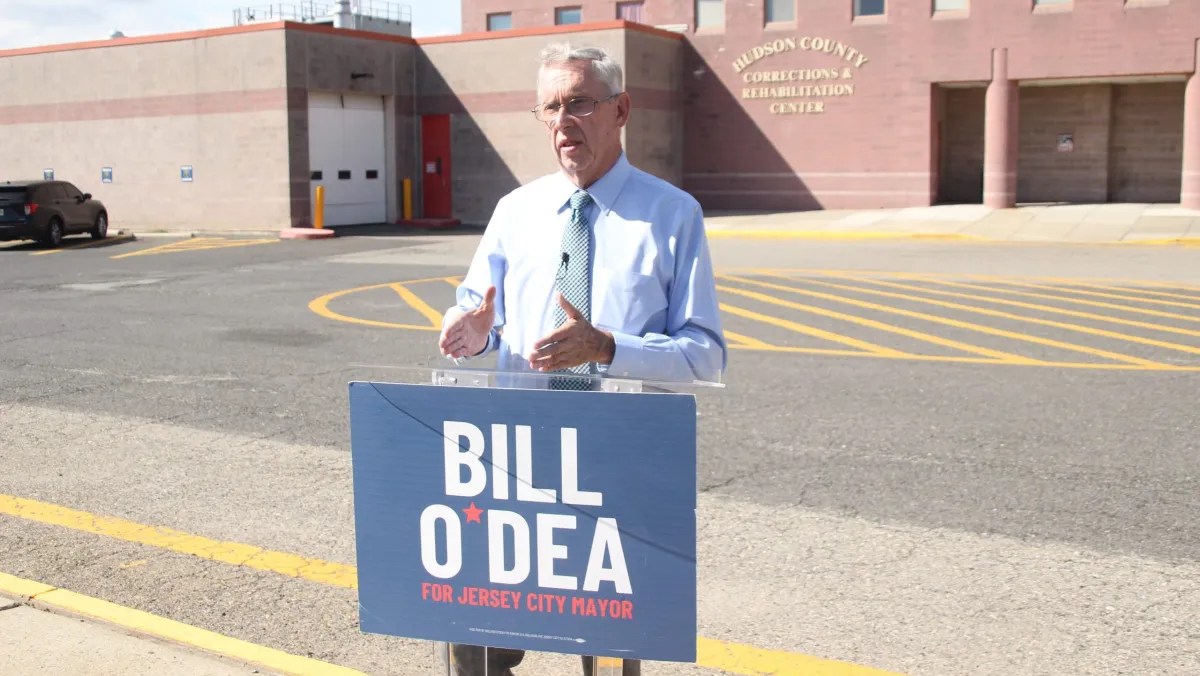Pittsburgh Schools Face Community Concerns Ahead of Closure Vote

Pittsburgh Public Schools (PPS) is grappling with significant community concerns as it approaches a crucial vote on its restructuring plan, scheduled for November 25, 2023. At a recent community listening session, parents voiced their fears regarding potential school closures, staffing cuts, and the impact these changes may have on their children’s education.
Parent Roberto Boyzo, who has children attending Perry Traditional Academy and Pittsburgh Science and Technology Academy, highlighted the necessity for increased parental engagement, especially among non-native English speakers. Boyzo, originally from Mexico, noted that many Latino parents feel intimidated when communicating with school officials. “They’re scared to talk with the principal. They’re scared to talk to the teachers because they do not speak the languages,” he stated.
During the session, hosted by PPS board members Gene Walker and Dwayne Barker, Boyzo urged for schools to foster a welcoming environment for families. The meeting was part of a series organized as the board prepares to decide on a comprehensive set of changes affecting the district’s structure.
The proposed plan includes closing nine schools, consolidating over a dozen facilities, and revising school attendance boundaries. Notably, on the North Side, schools such as Manchester K-8, Schiller 6-8, Spring Hill K-5, and part of Morrow K-8 are on the chopping block. Other proposed closures include Friendship PreK-5, Fulton PreK-5, Miller African-Centered Academy, and Woolslair PreK-5.
Barker acknowledged the importance of addressing translation services for non-English speaking parents. Walker emphasized that the goal of these changes is to create a supportive environment for families, saying, “One of the desires of the work that we’re doing now is to recreate this student and parent experience that makes Pittsburgh Public Schools a place where we want to send our kids and feel like we are supported.”
In addition to school closures, the restructuring plan aims to eliminate 152.5 staff positions in its first year. District officials clarified that the majority of these positions are currently vacant and will not affect existing staff. They cited that out of 229 food service positions, 89 are already unfilled. Despite the staffing reductions, PPS plans to hire 68 new employees to meet operational needs while still cutting overall positions by nearly 7%.
Concerns were raised by Katie Long, a school nurse and parent, who questioned how resources would be allocated to ensure adequate support for all schools. She expressed worry that the consolidation might lead to overworked staff due to thin staffing. Barker responded, asserting that the district aims to address resource gaps by focusing on combined buildings to enhance the support provided to students and staff.
Despite promises that every student will have access to essential programs such as world languages and STEAM education, specific staffing projections have yet to be released. Negotiations with the Pittsburgh Federation of Teachers are ongoing to establish factors like class size limits.
Concerns about socioeconomic disparities surfaced when Erin Childs, a parent from Pittsburgh CAPA, expressed fears that wealthier neighborhoods could disproportionately benefit from parental resources, leading to imbalances in educational quality. She warned that without addressing these divides, consistency across the district may remain elusive.
Walker acknowledged that while the district cannot control how much parents contribute, it can ensure that resources are allocated where they are most needed. “My hope is that as we continue to build, not only are we working on the consistency of the educational delivery, which is going to be important for outcomes, but then we can invest in spaces that need it,” he said.
As Pittsburgh Public Schools prepares for its pivotal vote, the community’s feedback highlights both the challenges and hopes surrounding the proposed changes. The outcome will not only shape the future of the district but also impact the educational experience of countless students and families across the city.






